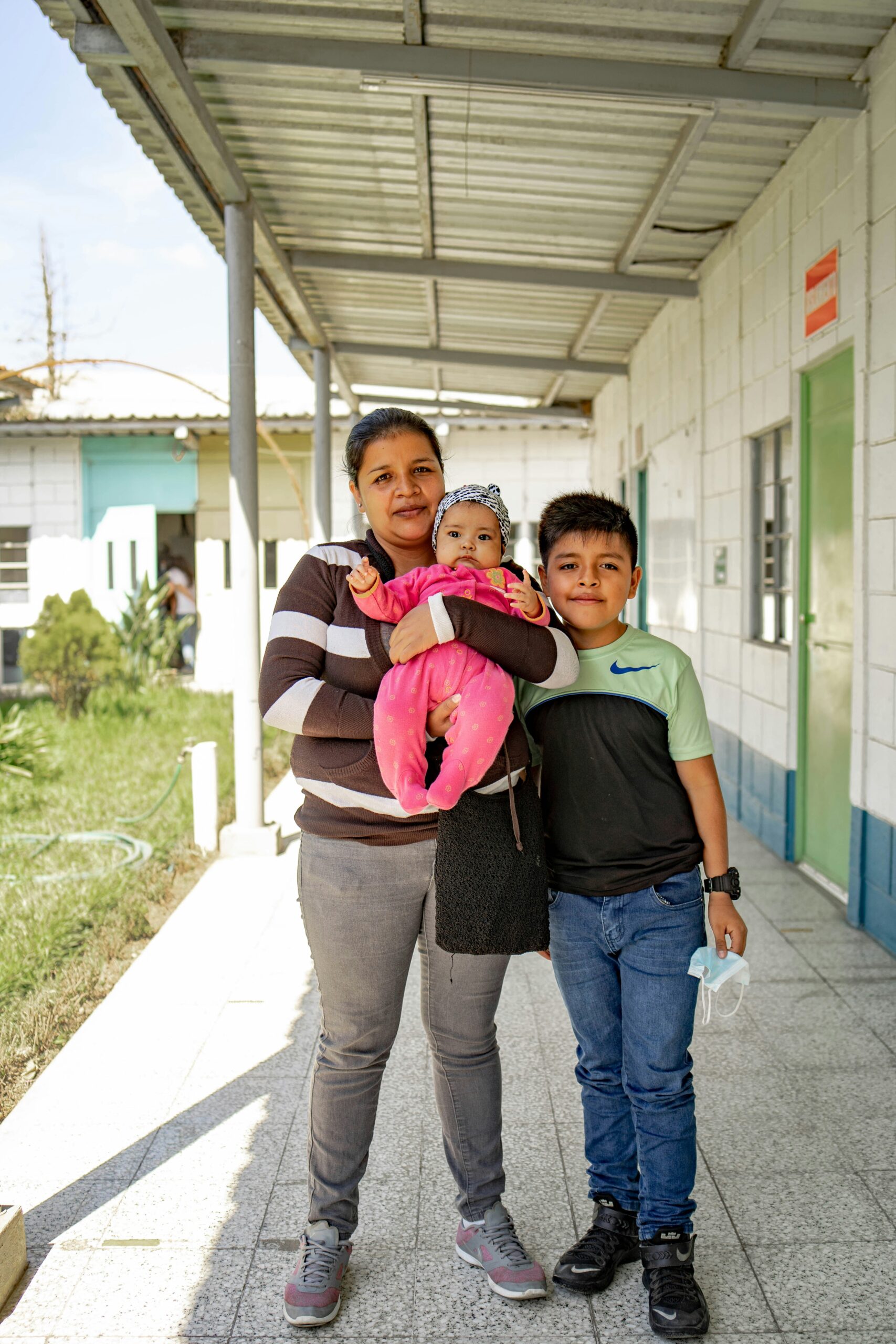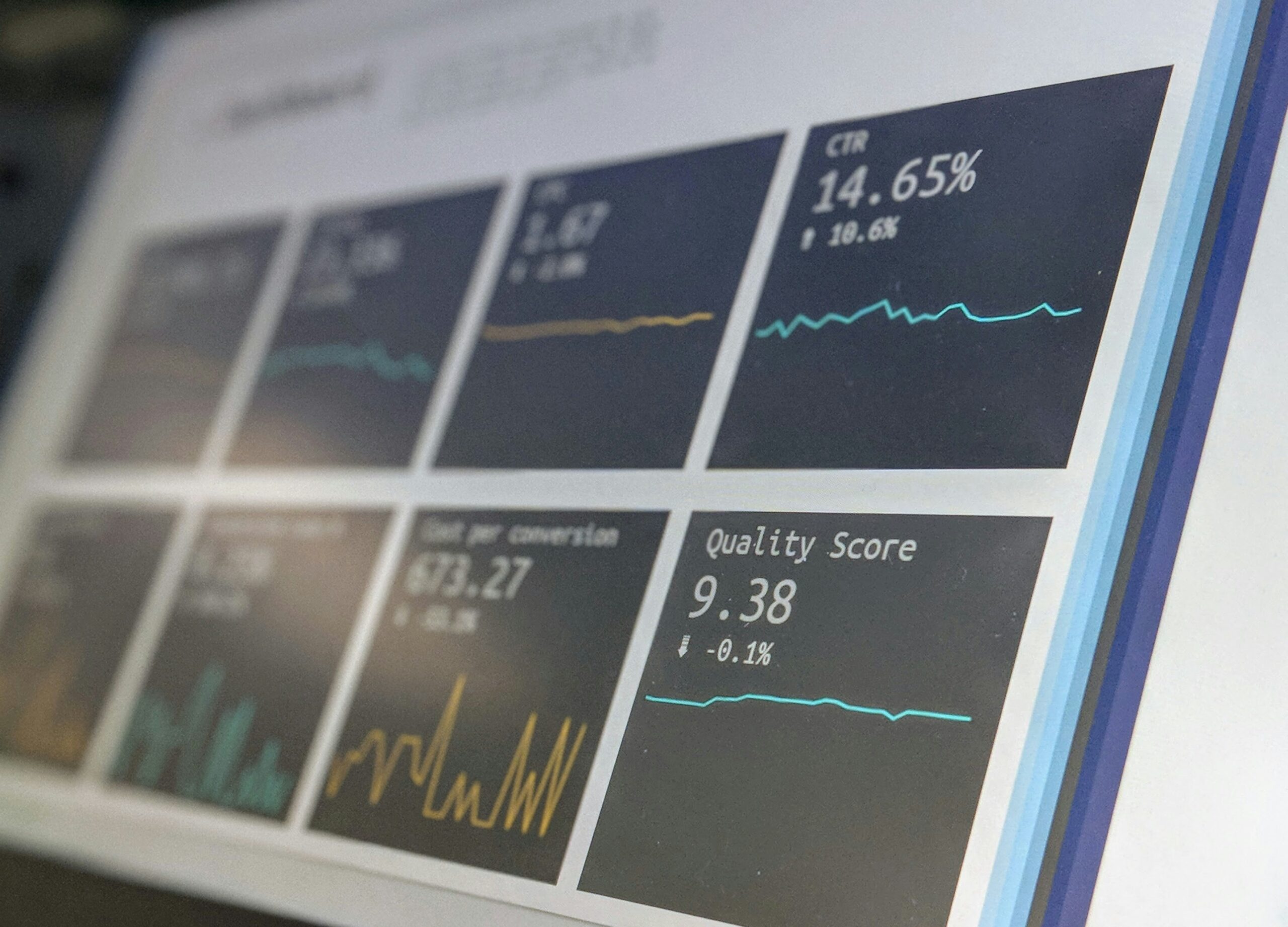Introduction to Impact Measurement
In the nonprofit sector, measuring the impact of charity programs is not just a standard practice but a vital necessity. Impact measurement refers to the systematic assessment of the outcomes and changes resulting from specific community programs undertaken by nonprofits. This process is essential for several reasons, primarily enabling organizations to evaluate their effectiveness, communicate success to stakeholders, and secure necessary funding for their operations.
For nonprofits, understanding the impact of their programs allows for continuous improvement. By assessing the outcomes, organizations can identify what works, what doesn’t, and adjust their strategies accordingly. Such assessments provide valuable insights into both qualitative and quantitative data, allowing nonprofits to make informed decisions about resource allocation and program development.
Additionally, effective reporting of impact is integral for fostering transparency and accountability. Nonprofits have a responsibility to demonstrate to their donors, stakeholders, and the communities they serve that their efforts are indeed making a difference. Impact measurement provides a framework through which nonprofits can share compelling stories and statistical data, thus enhancing trust and engagement from their supporters.
Furthermore, funders increasingly demand evidence of impact before committing to support charitable organizations. This trend underscores the necessity for nonprofits to establish robust impact measurement methodologies that not only illustrate immediate results but also demonstrate long-term benefits to the communities they strive to aid. By prioritizing impact measurement, nonprofits can bolster their credibility and appeal within the competitive landscape of charity funding.
To establish a strong foundation in impact measurement, organizations should familiarize themselves with key terms and methodologies in this field. Each aspect contributes to understanding and enhancing the effectiveness of impactful community programs, ensuring that nonprofit endeavors are strategically aligned with their mission and goals.
Understanding Your Program Goals
Defining clear and precise goals is an essential component of effectively managing nonprofit programs. By establishing well-defined objectives, non profits can ensure that their efforts remain focused and aligned with the organization’s overall mission. The first step in this process involves identifying both short-term and long-term goals, which serve as benchmarks for success. Short-term objectives can typically be achieved within a few months to a year, while long-term goals may extend over several years. This dual approach allows organizations to track progress regularly while also providing a roadmap for future development.
Once the goals are identified, it is crucial to establish measurable outcomes. This involves determining indicators that will help track the effectiveness of the programs, ensuring that nonprofits can quantify their impact in terms of community benefits. For instance, if a charity aims to improve literacy rates among children, specific metrics could include the number of tutoring sessions conducted, the percentage of students completing reading assessments, and feedback from participants and their families.
To further enhance the clarity and efficacy of these goals, nonprofit organizations can adopt the SMART criteria, which stand for Specific, Measurable, Achievable, Relevant, and Time-bound. Utilizing SMART frameworks facilitates the creation of goals that are not only clear but also reachable. For example, rather than setting a vague objective such as “increase community engagement,” a SMART goal would specify “host three community workshops each quarter to engage at least 50 participants per event.” By employing this structured approach to goal-setting, non profits can better evaluate the success of their impactful community programs and make informed adjustments as necessary.
Developing Evaluation Frameworks
In the realm of non profits and charity work, it is vital to have a robust framework for evaluating the impact of your programs. Developing an evaluation framework enables organizations to systematically assess their initiatives, ensuring accountability and enhancing the overall effectiveness of impactful community programs. Among the most recognized evaluation models are Logic Models, Theory of Change, and Results-Based Accountability.
Logic Models serve as a visual representation outlining the connections between resources, activities, outputs, and desired outcomes. This model assists non profits in identifying the necessary components required to achieve their goals. By mapping these relationships, organizations can better understand how their resources create an impact, enabling them to fine-tune strategies and operations for maximum effectiveness.
The Theory of Change, on the other hand, emphasizes the pathways to change and the assumptions underlying a program’s design. It allows charity organizations to articulate their vision clearly while detailing the steps necessary to achieve their long-term objectives. This model is particularly beneficial when organizations aim to foster a deeper understanding of their impact while engaging stakeholders, as it provides a comprehensive narrative linking the program’s activities to the intended outcomes.
Results-Based Accountability (RBA) takes a slightly different approach by focusing on first determining what success looks like for a program, then measuring the actual results against those predefined expectations. This framework encourages non profits to prioritize data-driven decision-making, fostering an environment of continuous improvement and enhancing their ability to report on their efforts and outcomes effectively.
When choosing the appropriate framework, organizations should consider the specific needs of their programs, the resources available, and their ultimate goals. Implementing these evaluation models not only aids in measuring the effectiveness of charity programs but also enhances transparency and communication with stakeholders, leading to more impactful community programs.
Data Collection Methods
Data collection is a critical aspect of measuring the impact of nonprofit programs. It allows organizations to assess their effectiveness and optimize their strategies for community engagement. Various techniques are available for gathering both qualitative and quantitative data, each providing unique insights into program outcomes. Understanding these methods will enable nonprofit organizations to better report on their effectiveness and tailor their initiatives for greater impact.
Surveys are one of the most commonly used quantitative data collection methods. They can provide measurable information about participants’ experiences and perceptions regarding charity programs. Well-structured surveys can yield valuable data that can be analyzed statistically, helping organizations gauge program success and areas for improvement. On the other hand, interviews serve as a qualitative tool, offering deeper insights through one-on-one interactions. By engaging directly with program beneficiaries, nonprofits can gather nuanced information, highlighting personal stories and testimonies that illustrate the impact of their work.
Focus groups are another effective qualitative method for collecting data. This approach allows organizations to facilitate discussions among a diverse group of participants to explore themes relevant to their nonprofit programs. This can lead to rich dialogue and diverse perspectives that inform program development and adjustments. Observational methods also play an essential role, as they can provide firsthand accounts of how programs operate in real-time. This kind of direct observation is invaluable in understanding participant behavior and engagement, which are crucial for evaluating program effectiveness.
Many nonprofits benefit from employing mixed methods, combining both qualitative and quantitative approaches to develop a more comprehensive understanding of their impact. By selecting the most suitable data collection techniques based on their specific needs, organizations can produce richer, more actionable insights that ultimately enhance their reporting on community programs and their overall effectiveness.
Analyzing and Interpreting Data
Effective analysis and interpretation of data are vital components for understanding the impact of nonprofit programs. By utilizing various analytical methods, organizations can gain insights that contribute to program improvement and strategic decision-making. Among the most common analytical techniques are descriptive statistics, inferential statistics, and thematic analysis for qualitative data. Each method serves a distinct purpose and offers valuable information for charities and non-profit organizations seeking to measure the effectiveness of their programs.
Descriptive statistics are fundamental as they provide a summary of the data collected. This might include measures of central tendency, such as mean and median, as well as variability indicators like standard deviation and range. Using these statistics, nonprofits can quickly ascertain overall trends in their programs, making it easier to visualize the impact of various community programs on their target audience. Furthermore, presenting data through graphs and charts can enhance understanding and facilitate discussions within the organization and with stakeholders.
On the other hand, inferential statistics allow organizations to draw conclusions about a larger population based on sample data. This involves hypothesis testing, regression analysis, and confidence intervals to understand the relationships between variables. Nonprofits that employ these methods can better assess the effectiveness of their programs and make more informed decisions regarding resource allocation and program adjustments. Lastly, thematic analysis is particularly relevant for qualitative data, helping organizations interpret responses from interviews and surveys. By identifying common themes, nonprofits can capture the nuanced experiences of participants and assess the broader impact of their programs.
Interpreting the results of these analyses is crucial for drawing meaningful conclusions about program efficacy. Best practices include triangulating data from multiple sources, involving stakeholders in discussions, and ensuring findings are communicated transparently. Such practices enhance the integrity of reporting processes and foster trust among donors and community members, ultimately driving more impactful community programs.
Communicating Impact to Stakeholders
Effectively communicating the results of impact measurement is crucial for nonprofits and charities, as it not only fosters transparency but also enhances trust among stakeholders. Different audiences require tailored messages to resonate with their specific interests and concerns. For instance, donors may be particularly interested in how their contributions are making a difference, while board members might focus on strategic outcomes and long-term sustainability.
One effective approach to engaging these diverse audiences is through storytelling. Narratives not only capture attention but also evoke emotions, making it easier to understand complex data. By sharing real-life stories of individuals or communities impacted by your programs, stakeholders can have a more vivid picture of the charity’s work. Integrating quotes, testimonials, and case studies within your narratives can further humanize the statistics and foster a deeper connection between stakeholders and the nonprofit’s mission.
In addition to storytelling, data visualization plays a vital role in communicating impact. Charts, graphs, and infographics can distill large datasets into easily digestible formats. Visuals can highlight key performance indicators and demonstrate the effectiveness of various programs, allowing stakeholders to quickly grasp achievements and areas for improvement. It’s essential to ensure that these visuals are clear and directly relate to the data being presented, enhancing comprehension without overwhelming the audience.
Finally, creating impactful reports is an essential component of communication. These reports should summarize the nonprofit’s achievements, strategically outlining the results of impact measurement efforts. They should include performance metrics, qualitative data, and visual elements to provide a holistic view of the organization’s efforts and effectiveness. By communicating impact in these various ways, nonprofits can build stronger relationships with stakeholders, ultimately leading to enhanced support for their impactful community programs.
Continuous Improvement and Program Adaptation
Creating a culture of continuous improvement within nonprofits is essential for maximizing the effectiveness and reach of charity programs. This approach not only enhances program delivery but also ensures that the organization remains responsive to the changing needs of the communities they serve. Utilizing impact measurement findings is a crucial step in informing necessary program adaptations and improvements. Nonprofits should regularly analyze the data collected to identify strengths and weaknesses within their impactful community programs.
Feedback loops play a vital role in this process. By establishing structured mechanisms for gathering input from stakeholders—such as program beneficiaries, staff, and volunteers—organizations can gain valuable insights into the effectiveness of their initiatives. Stakeholder engagement in assessing various aspects of the programs fosters a sense of ownership and collaboration, which can significantly enhance the reporting process. Such engagement not only strengthens community ties but also promotes transparency and accountability, two key elements in the nonprofit sector.
Moreover, flexibility is paramount when implementing program updates. Nonprofits often operate in dynamic environments where community needs can shift rapidly due to various factors, including economic changes or social shifts. Organizations must be prepared to pivot and make real-time adjustments to their services. By staying attuned to feedback and conducting regular evaluations based on collected data, nonprofits can ensure that their programs remain relevant and impactful. Continuous improvement is not merely a goal but an ongoing journey that strengthens organizational capacity and effectiveness, ultimately enhancing the overall impact of charitable efforts in the community.
Challenges and Best Practices in Impact Measurement
Measuring the impact of nonprofit programs is essential for illustrating the effectiveness of charity initiatives and securing ongoing support. However, organizations often encounter several challenges in this endeavor. One significant hurdle is the limitation of resources, including finances, personnel, and time, which can restrict a nonprofit’s ability to implement comprehensive reporting practices. Many smaller nonprofits find it particularly difficult to allocate budget for impact measurement tools or to dedicate staff for rigorous data collection and analysis.
Data availability presents another obstacle. Nonprofits may not have access to necessary data, or existing data may be incomplete or unreliable. This challenge complicates the process of accurately assessing the effectiveness of impactful community programs, making it hard to demonstrate success to stakeholders. Further complicating this situation is the engagement of stakeholders, from board members to program beneficiaries, who may have different expectations or levels of understanding regarding impact measurement. The lack of alignment can lead to conflicts in focus and priorities, ultimately impeding reporting efforts.
To navigate these challenges, nonprofits can adopt several best practices. First, it is important to develop a clear and streamlined framework for measuring and reporting impact. This can begin with establishing specific program goals and defining relevant metrics to evaluate success. Utilizing existing resources, such as collaboration with academic institutions or cooperating with other nonprofits, can help in sharing best practices and pooling data for collective learning.
Engaging stakeholders early and continuously throughout the impact measurement process is also crucial. By involving them in the design of measurement tools and openly communicating findings, nonprofits can foster greater commitment and understanding of the importance of impact reporting. Ultimately, a well-strategized approach to overcoming these hurdles can significantly enhance the effectiveness of nonprofits’ impactful community programs, leading to improved outcomes and sustained support.
Conclusion and Call to Action
In assessing the effectiveness of nonprofit organizations, measuring the impact of their programs is essential. Throughout this guide, we have explored various strategies and methodologies that can be employed to evaluate the effectiveness of community programs run by charities. The significance of reporting on outcomes cannot be overstated; it not only demonstrates transparency to stakeholders but also ensures accountability for the resources utilized.
Furthermore, utilizing data collection methods, such as surveys and interviews, aids in gathering comprehensive insights into the beneficiaries’ experiences. This information is critical, as it allows organizations to fine-tune their initiatives and ensure that services provided are genuinely meeting community needs. Engaging in continuous evaluation reinforces a nonprofit’s commitment to creating a lasting impact, ultimately enhancing its reputation and attracting support.
As you reflect on the content discussed in this guide, consider the importance of developing robust reporting structures within your organization. By documenting progress and outcomes, nonprofits can effectively communicate their successes and challenges to stakeholders, including donors and clients. This practice builds trust and demonstrates a commitment to impactful community programs.
We encourage you to begin implementing the ideas and frameworks presented in this blog post. Start by establishing measurable goals for your programs, and focus on collecting data to assess their effectiveness. Embrace the opportunity to learn from both successes and setbacks, using this knowledge to guide your future efforts. Together, we can enhance the influence non-profit organizations have on their communities and foster a culture of continuous improvement and impactful service delivery.




